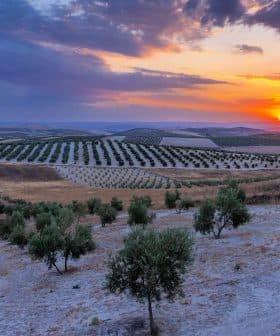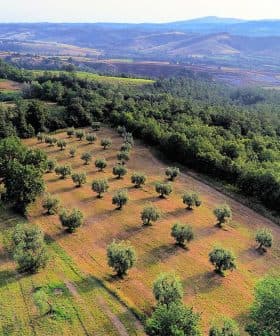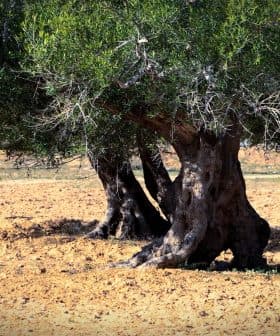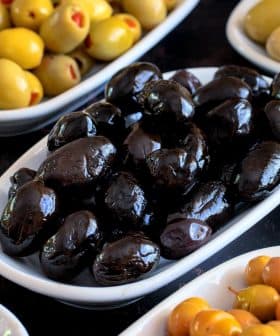Brazilian Olive Oil Imports Continue Boom
In 2014, Brazil has become one of the fastest-growing export destinations for olive oil, with imports reaching 74,873.8 metric tons, mostly from EU countries. Brazil is investing in increasing domestic olive oil production in order to reduce imports by 30 percent in the next four years, with a focus on quality and freshness.

With World Cup fervor quickly escalating and an important presidential election on the horizon, it seems all eyes will be on Brazil in 2014, the olive oil industry included. Latin America’s economic powerhouse has become one of the fastest-growing export destinations for olive oil, and last year imports of the green gold reached 74,873.8 metric tons, up 5 percent from the 2011 – 2012 season.
According to the International Olive Oil Council (IOC), EU countries represented 88 percent of these exports. Portugal, which shipped 42,800 mt to Brazil last year, enjoyed the biggest slice of the pie (57 percent), followed by Spain (25 percent), Italy (6 percent) and Greece (1 percent). 12 percent of imports were from Argentina (9 percent), Chile (2 percent) and miscellaneous countries (1 percent).
This last group, which includes Lebanon, Morocco and Tunisia, saw some of the biggest growth last year. Lebanon, for example, exported 372 percent more olive oil to Brazil, while Tunisia’s exports were up 98 percent.
Brazil’s demand for virgin grade olive oil has grown steadily in recent years. In 2002 – 2003, roughly 39 percent of olive oil imports were of virgin grade; by 2012 – 2013 that percentage grew to 73 percent.
The country has made a concerted effort recently to increase consumption of olive oil in general, regardless of the country of origin. With the help of the IOC, Brazil launched a national olive oil promotional campaign in October with a proposed budget of $1.6 million.
Though still in its infancy, domestic production has also taken off in recent years. The bulk of this growth is occurring in the state of Rio Grande do Sul, which enjoys a similar climate and soil type to neighboring Uruguay, another country with tremendous potential as an olive oil producer and exporter.
According to Rogério Oliveira Jorge, a researcher at the Brazilian Agricultural Research Corporation (Embrapa), the soil productivity in Rio Grande do Sul is comparable to that of European countries, generating around 1,500 liters per hectare. He acknowledged, however, that the majority of the olive trees are quite young and won’t reach their full potential for a few years.
Even the Brazilian government is betting on national production, including funds for the sector in last year’s Crop Plan. It has also agreed to collaborate with Embrapa in the development of a quality testing lab that will adhere to international standards.

According to Caio Rocha of the Agricultural Development and Cooperative department at the Ministry of Agriculture, Livestock and Food Supply, Brazil plans to reduce olive oil imports by 30 percent in four years by becoming more self-reliant. He said the steady growth of the import market proves the demand is there.
“We are great importers of olive oil. We import $316 million in olive oil, $121 million in olives and the southern region has appropriate climate and soil for cultivation of olives,” Rocha said.
Daniel Aued of Olivas do Sul, one of Brazil’s leading producers of extra virgin olive oil, is confident in the quality of oils produced in Rio Grande do Sul, where his company produced 22,000 liters in 2012. He believes Brazilian oils can compete with imported oils, which benefit from low prices and marketing, by emphasizing quality and freshness.
“[Imported oil] spends three to four years in drums, whereas good olive oilshould be consumed in the year of the crop,” he said.









